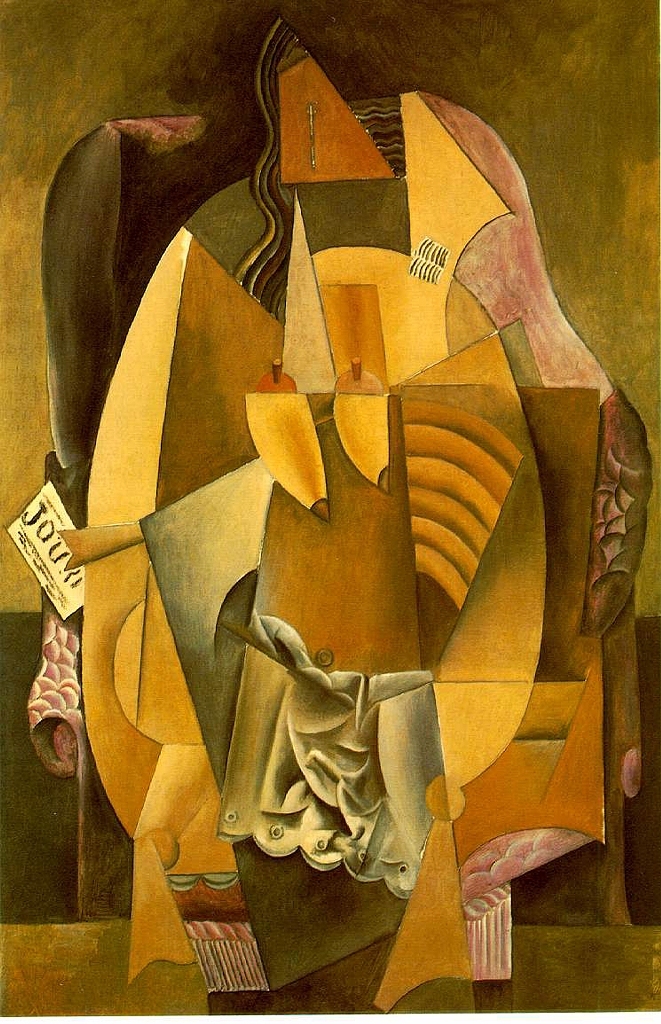

In these ways, Picasso created representations that are both derivative and, at the same time, completely new.Ĭonsider the 1906 painting Two Nudes, which depicts two massive, undressed women facing each other in front of a large curtain.

At other times he provoked accusations of plagiarism from fellow artists like Diego Rivera, who denounced the theft of a particular way of rendering foliage. Picasso also liberally drew on the innovations of his peers, sometimes engaging in productive collaborations like the one with Georges Braque, whose cubist experiments became so intertwined with his own that the two artists stopped signing their respective paintings. He studied these objects and condensed their features into his works, engaging in a process of appropriation even as he hardly ever copied specific artifacts. Instead, after moving to Paris, where he would spend most of his life, in 1904, Picasso took inspiration from objects as diverse as archeological remnants from the Ancient Mediterranean world, the material culture of colonized people from Africa, Oceania, and the Americas gathered in European museums, Western art historical traditions, elements of French cabaret, and everyday artisanal or mass-produced goods. Although he trained in the academic tradition at the school known as La Llotja, in Barcelona, from the age of 13, he did not limit himself to the naturalistic forms and canonical subjects conventionally taught to art students at the time. Picasso’s eclecticism goes hand in hand with his ability to combine multiple sources. Even though during his life Picasso’s work was heralded as representative of specific artistic movements, such as Cubism, Classicism, and Surrealism, the artist actively resisted categories and challenged notions of linear development. Works as different as the painting Woman with Pears (1909), the papier collé Head of a Man with a Hat (1912), the pastel Woman with a Flowered Hat (1921), the sculpture Head of a Woman (1932), and the ceramic tile Head of a Faun (1956) exemplify some of the multiple creative strategies that Picasso adopted, discarded, and returned to. Take, for example, his eclectic approaches to rendering the human head. 1 “If an artist varies his mode of expression this only means that he has changed his manner of thinking, and in changing, it may be for the better or it may be for the worse.” 2 With these words, Picasso shed light on two central principles of his artistic production over nearly 80 years: his openness to a diverse range of styles, subject matters, and mediums, and his resistance to the notion that change in art necessarily corresponds to improvement or progress. “Variation does not mean evolution,” Pablo Picasso said in 1923.

“To me, there is no past or present in art.”


 0 kommentar(er)
0 kommentar(er)
